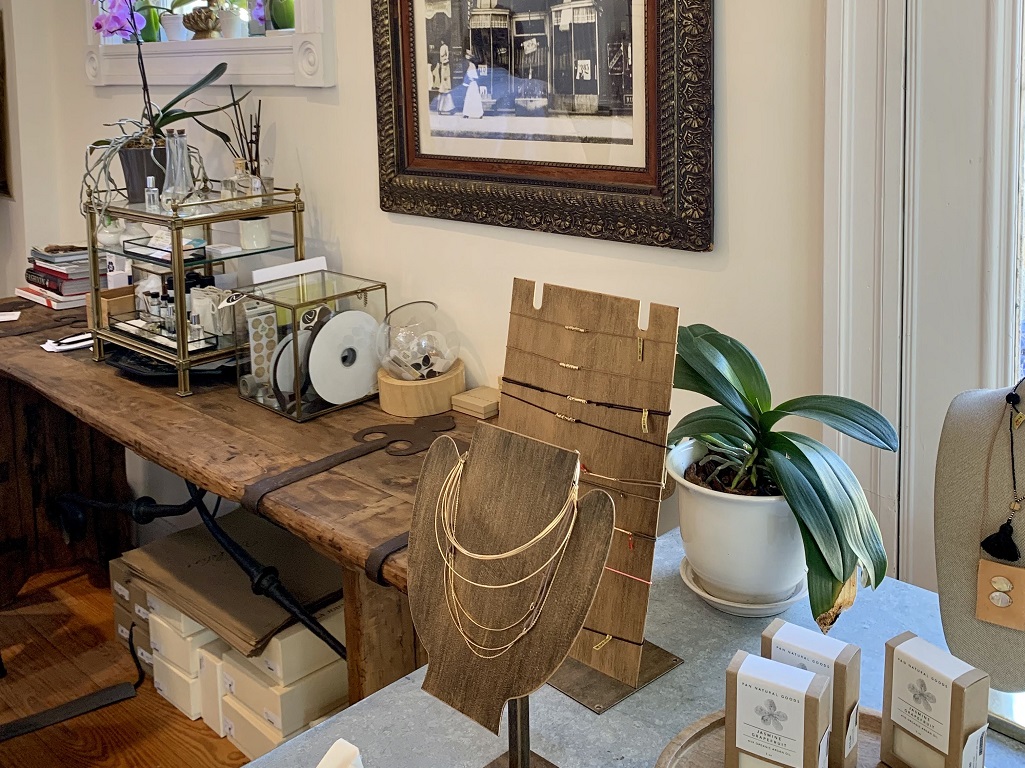In an era of cheap, disposable garments with shadowy origins, Richmond boutique Verdalina focuses on sustainability and personal connection. “I love to look at the inside of clothes and see everything so beautifully finished,” said Deborah Boschen, owner of the...


